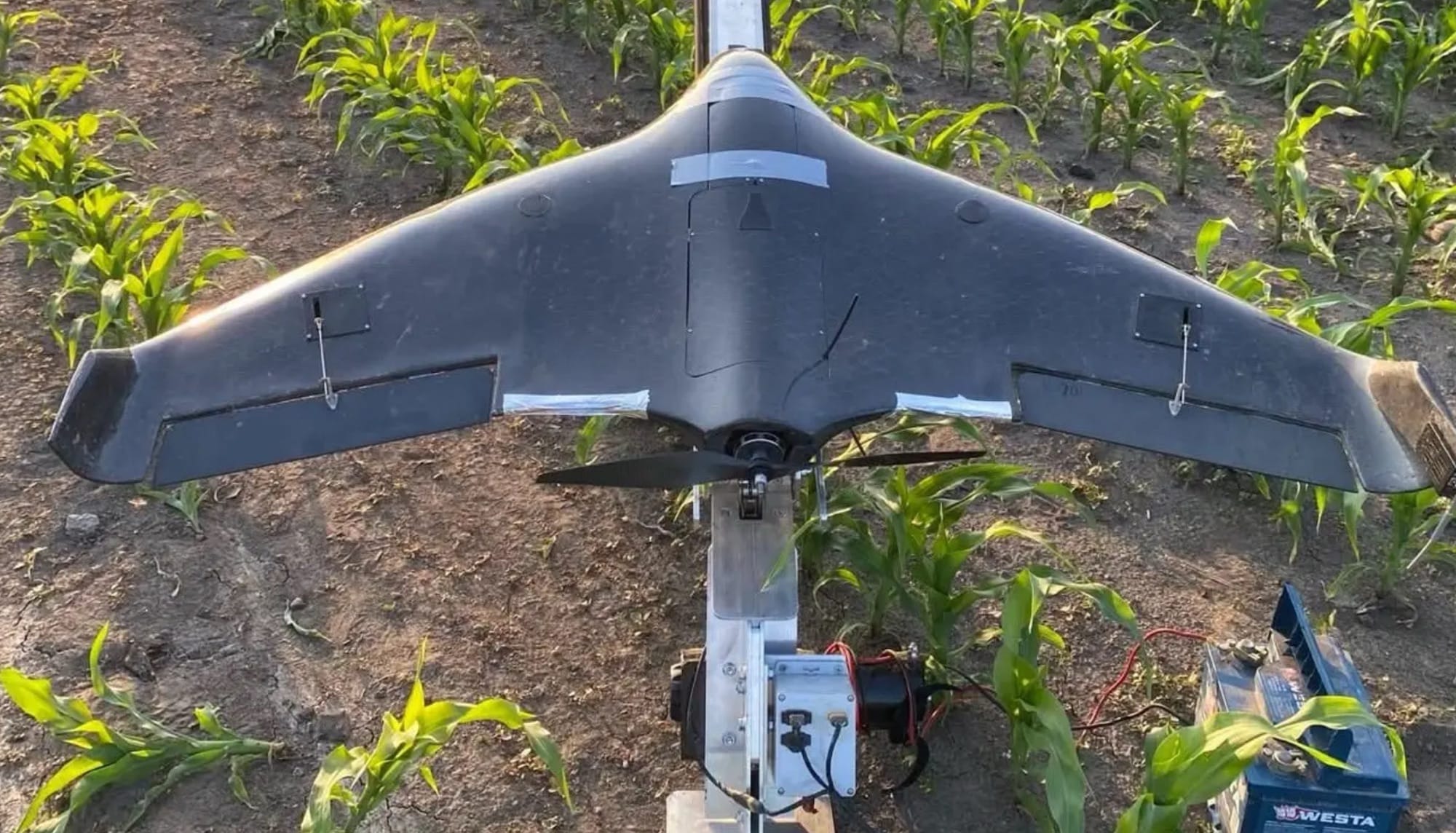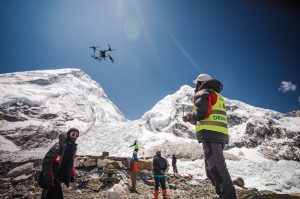Belgium and Türkiye Join the Drone Coalition: Shifting Power Dynamics in Support of Ukraine
On July 2, 2025, Belgium and Türkiye formally joined the international Drone Coalition, a burgeoning alliance now encompassing 20 nations unified in their support of Ukraine via state-of-the-art unmanned aerial systems (UAS). This coalition, co-led by Latvia and the United Kingdom, signifies more than just a rise in technological aid; it marks a bold geopolitical statement of European and transatlantic solidarity with Ukraine’s right to self-defense and a commitment to the future of drone warfare.
Understanding the Drone Coalition
Established in February 2024 under the Ukraine Defense Contact Group, known as the “Ramstein format,” in partnership with the Ukraine-NATO Council, the Drone Coalition unites a diverse array of nations, including Australia, Canada, Germany, the UK, France, Poland, Sweden, and now, Belgium and Türkiye. Its primary objectives are:
- Delivery of state-of-the-art drones and related technologies to Ukraine on a large scale.
- Enhancing interoperability among member states’ defense sectors.
- Facilitating swift procurement, innovation, and deployment of reconnaissance, strike, and EW (electronic warfare) drones to address frontline requisites.
According to Ukrainian Defense Minister Rustem Umerov, the coalition’s mission goes beyond aid, aiming to establish a “strategic breakthrough” in defense industry collaboration.
The Importance of Belgium and Türkiye’s Membership
Both Belgium and Türkiye contribute distinct resources:
- Belgium has committed to annual assistance to Ukraine valued at €1 billion through 2029, alongside donating naval mine countermeasures equipment and reinforcing wider European military aid strategies.
- Türkiye, a leader in drone manufacturing, has already seen its Bayraktar TB2 and Akıncı platforms excel in various conflict areas. Turkish-Ukrainian defense cooperation is anticipated to grow, exploring joint arms production and technology transfers.
Their inclusion broadens the coalition’s technical capabilities and diplomatic scope, enhancing sophisticated drone operations, supply systems, and innovative research and development initiatives.
Scale of Support Provided
In 2025 alone, coalition members have committed approximately €2.75 billion ($2.97 billion) to bolster Ukraine’s defense, with €180 million ($194 million) already allocated to a joint procurement fund overseen by the UK. Since 2024, a total of €4.5 billion ($5 billion) has been pledged for drone-related aid.
This structured funding streamlines substantial purchases of advanced drones, simultaneously fortifying national defense industries within member states. Examples include:
- Latvia has delivered 1,500 combat drones in early 2025 and aims to produce 12,000 UAS by mid-year.
- Norway has allocated $700 million for drone-focused aid, prioritizing Ukrainian-made models.
Applications of These Drones
The Ukrainian battlefield is increasingly becoming a testing ground for modern drone warfare. Coalition-supplied UAS are employed for:
- Reconnaissance: Collecting real-time intelligence on Russian military operations.
- Artillery Adjustment: Aiding in precision artillery and rocket targeting.
- Direct Strikes: Targeting key infrastructure deeply within Russian territories.
- Electronic Warfare: Disrupting adversary communications and navigation networks.
- Counter-Drone Operations: Neutralizing Russian UAS and “Shahed” kamikaze drones.
According to a senior coalition representative, Ukrainian forces have used drone technology decisively, allowing them to contend with larger Russian forces effectively.
Coalition Functionality
The joint procurement fund is central to the coalition’s efforts, enabling:
- Bulk procurement of advanced drone systems at competitive prices.
- Accelerated delivery to meet Ukraine’s immediate tactical demands.
- Support for domestic drone industries through collaborative research and development with Ukrainian partners.
Membership in the coalition is selective; each new member requires approval from existing members, underscoring a collective commitment to Ukraine’s defense and secure technology exchange.
Ukrainian Initiatives: The “Drone Line”
The coalition’s international efforts align with Ukraine’s domestic initiatives, such as the “Drone Line” launched in February 2025. This project, supported by government and private sector entities, accelerates the production and deployment of frontline drones, creating an integrated ecosystem of imported, donated, and locally manufactured systems.
Impacts and Developments
- Latvia’s rapid expansion: Two companies are on track to deliver 12,000 combat drones by mid-2025, many for Ukrainian use.
- Joint production advancements: The coalition is initiating joint ventures for co-produced drones and EW equipment, including the upcoming UK-Ukraine Lightweight Multirole Missile (LMM) program.
- Norwegian dedication: Norway has reallocated factory output to prioritize Ukrainian drone orders, highlighting the practical outcomes of coalition alignment.
Expert Insight and Industry Trends
Drones are now central to a new military paradigm. Coalition-supported projects have significantly reduced both the cost and production timeline for battlefield drones, prompting defense innovation across Latvia, Türkiye, Ukraine, and beyond.
“The international drone coalition is expanding, sending a definitive message that support for Ukraine is not just upheld but is intensifying,” stated Latvian Defense Minister Andris Sprūds.
The Strategic Future
The coalition approach is already regarded as a prototype for future European and NATO defense acquisitions, particularly in areas such as robotics, AI, and EW. Ukrainian drone strategies, from FPV “kamikaze” groups to AI-led swarm maneuvers, are being analyzed and adapted by coalition allies, creating a self-reinforcing cycle of development.
Personal Stories and Narratives
- Ukrainian drone operators trained by coalition experts credit Western-supplied systems with saving lives by allowing comprehensive battlefield assessments.
- Latvian technicians humorously talk about “working dual roles for both Latvia and Ukraine,” echoing the solidarity-fueled innovation.
- Turkish drone experts have engaged in joint exercises with Ukrainian units, notably featuring Bayraktar drones thwarting electronic interference, which prompted a surge of viral “Bayraktar memes.”
Who Powers the Coalition?
Behind the figures are dedicated individuals: policy strategists, military consultants, procurement professionals, and drone developers collaborating across borders. Medium-sized tech enterprises from Riga to Brussels to Ankara work on hardware, software, and tactics, adjusting and innovating despite challenges like power outages in Kyiv.
Conclusion
The involvement of Belgium and Türkiye in the Drone Coalition transcends bureaucratic progress; it marks a progressive phase in a collaborative high-tech initiative addressing one of the century’s pivotal conflicts. Through shared investments, technological creativity, and continuous collaboration, the coalition not only enhances Ukraine’s military advantage but also fosters durable ties within the European security sphere—one drone at a time.
For business experts, policymakers, and enthusiasts following unmanned systems’ future: remain attentive. The Drone Coalition is more than just shaping Ukraine’s warfare—it’s defining the next phase of defense technology and international partnerships.













